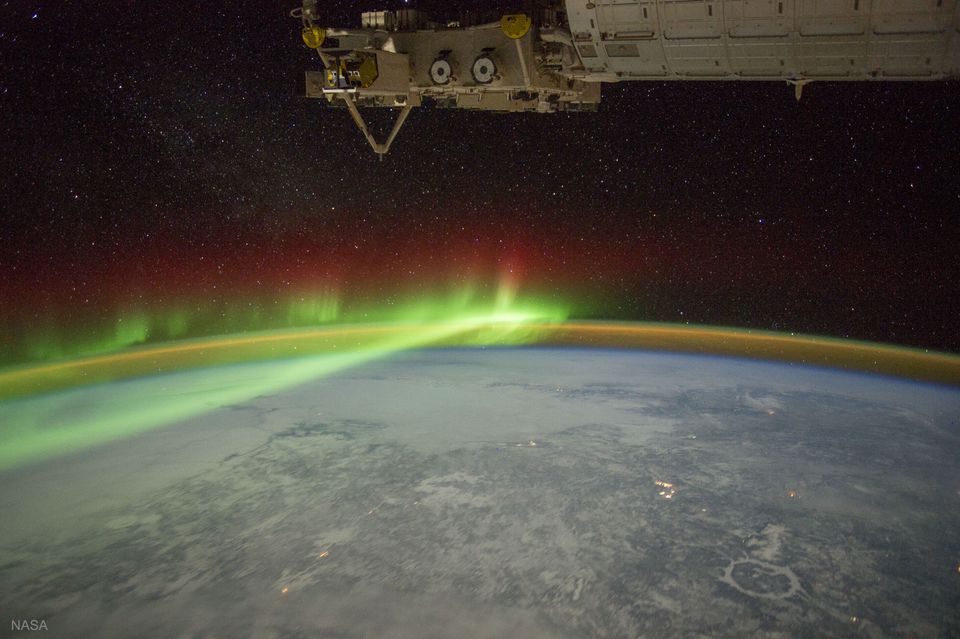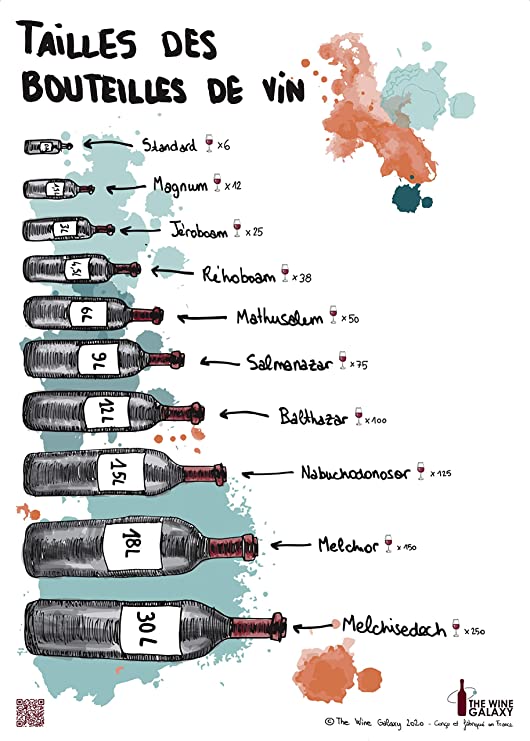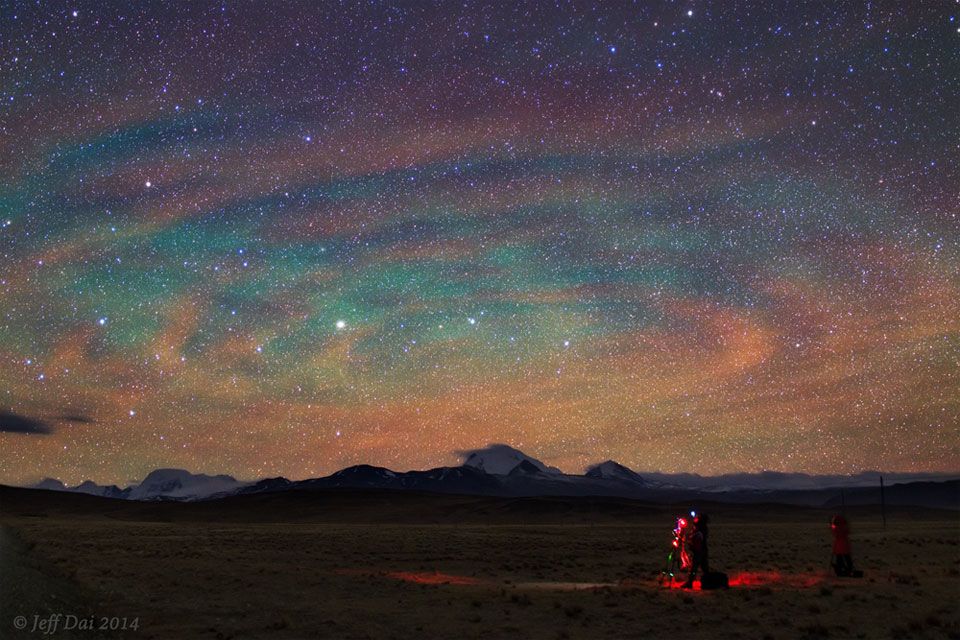Friday, April 28, 2023

Good morning. Let's go.
Item 1: a link
I feel like I've read some version of this story many times before, but it's always fun to be reminded how simple a rice cooker really is.
This kitchen masterpiece was developed as the country was rebuilding after World War II, when a Toshiba salesman advertising a washing machine to housewives learned that preparing rice three times a day was more arduous than doing laundry. The traditional Japanese method of cooking rice, in earthenware pots known as kama over a stove called a kamado, required constantly watching and adjusting the heat. Realizing a business opportunity, the salesman proposed that an engineer design something for Toshiba that could cook rice automatically. The engineer knew little about cooking rice, but he asked his wife, Fumiko Minami, to help. She spent two years studying her kama, other rice-cooking appliances, and various prototypes, as the historian Helen Macnaughtan has documented, eventually arriving at the technique that still powers the simplest models today.
At its core, the greatest kitchen appliance requires just a thermometer and a heat source. Assuming your proportions are right, rice is fully cooked when all of the water in the pot has been absorbed or evaporated. To track that, the first Toshiba rice cookers used a bimetallic strip that senses when the pot surpasses 212 degrees Fahrenheit, the boiling point of water, and turns off the machine. The appliance’s internal temperature can only surpass that point at when all the liquid is gone and, therefore, the rice is finished.
The hook of this article by Matteo Wong (which you may need to use reader mode to access beyond the paywall) is Tim Wu's recent experience replacing a 25-year-old rice cooker with an identical model - point being that the state of the art in rice cookers has not advanced in a quarter-century, because no improvements were needed.
Item 2: a list

Wine bottle sizes, ranked
- Magnum (1.5L)
- Standard (0.75L)
- Rehoboam (4.5L for sparkling wine)
- Double Magnum (3L)
- Jéroboam (4.5L, 3L for sparkling wine)
- Demi (0.375L)
- Nebuchadnezzar (15L)
- Impériale (6L)
- Chopine (0.25L)
- Melchizedek (30L)
- Salmanazar (9L)
- Picollo / Quarter (0.1875-0.2L)
- Balthazar (12L)
- Clavelin (0.62L)
- Demie (0.5L)
- Methuselah (6L for sparkling wine)
- Goliath (27L)
- Melchior / Solomon (18L)
Most of these are from here, but I found some extra bottle sizes here and threw a few of them in too. Click through for extras like the McKenzie and the Marie Jeanne.
Item 3: a media recommendation
This video showing the samples Daft Punk used to construct the various tracks on their "Discovery" album is pretty wild. The different samples are played one at a time to provide context, then arranged visually and played to show how they're used in each song, and then the actual song is played so you can see how it all came together.
"Face to Face", never one of my favorite tracks, is a gallimaufry of snippets from all over the place, cut into tiny pieces and reconstituted into something unrecognizable (you can skip straight to see the 19 samples for that track here). I still don't like the song that much but I have a lot more respect for it now.
I came out of this with a long list of artists to check out. Don't be surprised if some of them show up in this section in coming months.
Item 4: word of the week
Gallimaufry
If you didn't want a gallimaufry of nightmarish slop on your beautiful dining room table, you should have just told all the potluck guests what to bring.
Item 5: a photograph

Via APOD:
Explanation: Why would the sky look like a giant target? Airglow. Following a giant thunderstorm over Bangladesh in late April, giant circular ripples of glowing air appeared over Tibet, China, as pictured here. The unusual pattern is created by atmospheric gravity waves, waves of alternating air pressure that can grow with height as the air thins, in this case about 90-kilometers up. Unlike auroras powered by collisions with energetic charged particles and seen at high latitudes, airglow is due to chemiluminescence, the production of light in a chemical reaction. More typically seen near the horizon, airglow keeps the night sky from ever being completely dark.
See ya!
Thanks for reading. Feedback welcome, as always, in the comments or on Mastodon or at wolmania@fastmail.com. Just keep it clean. See you next week.
Here's a bonus link with more information about airglow.
Member discussion